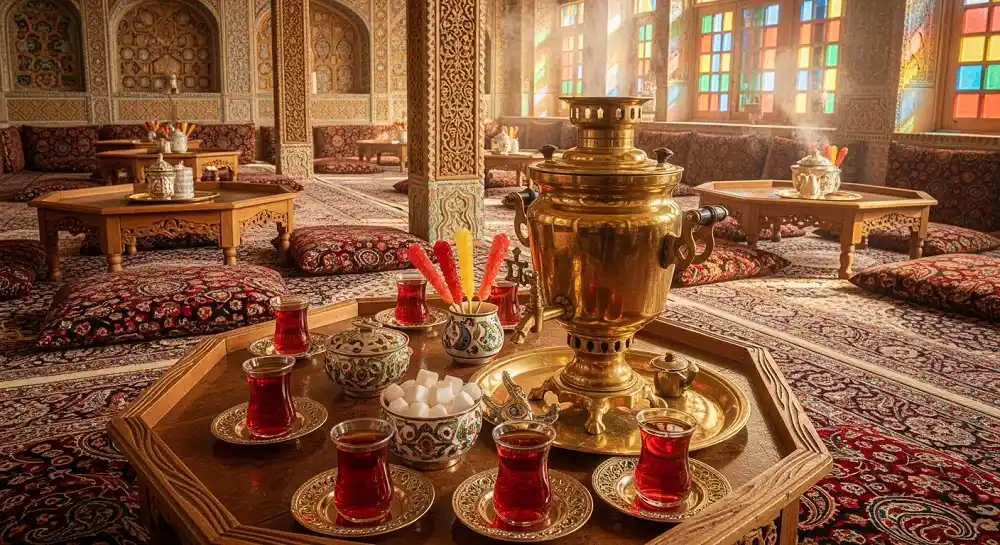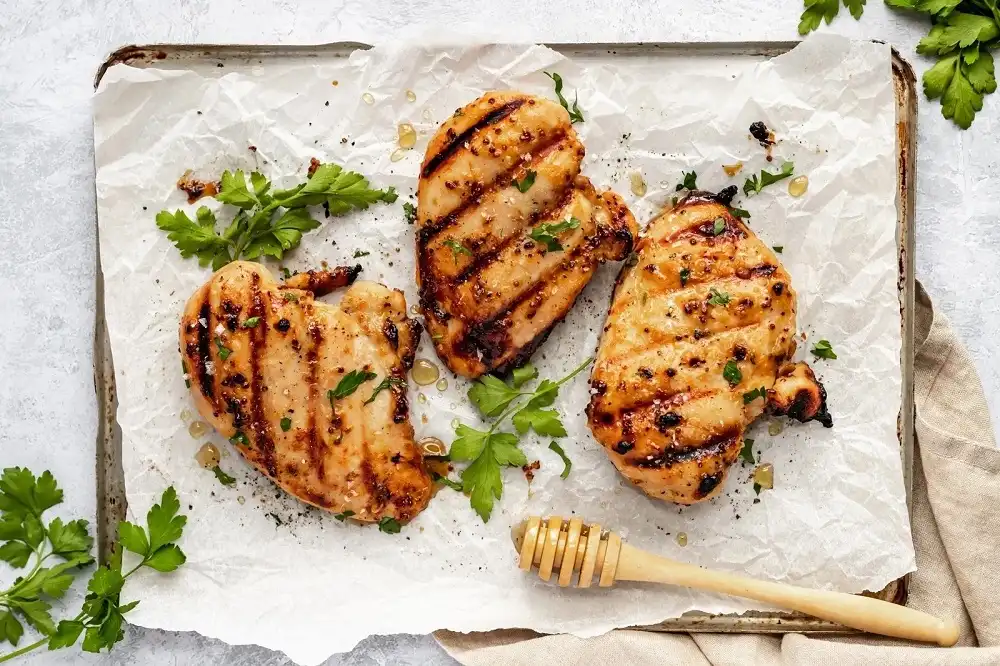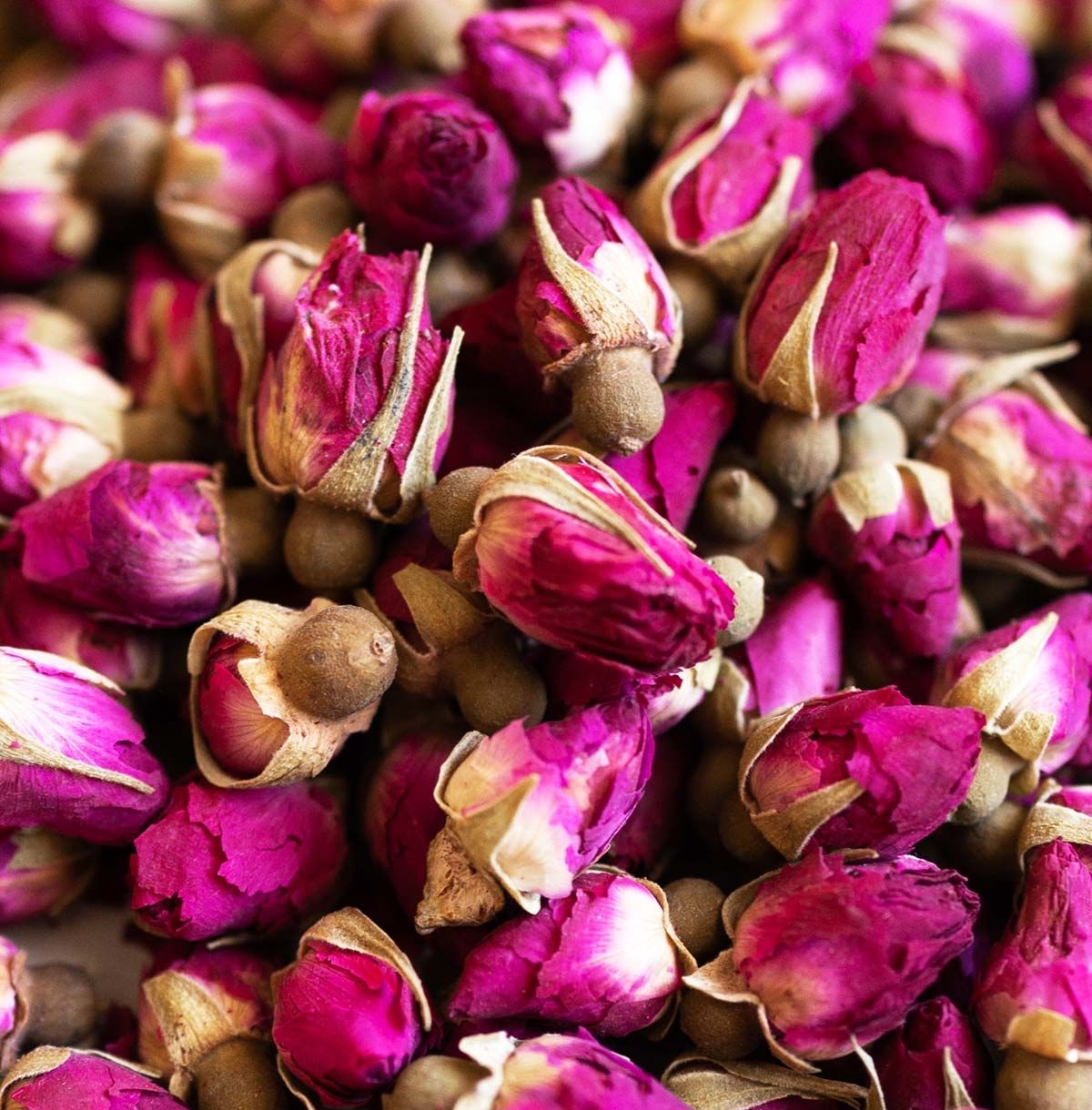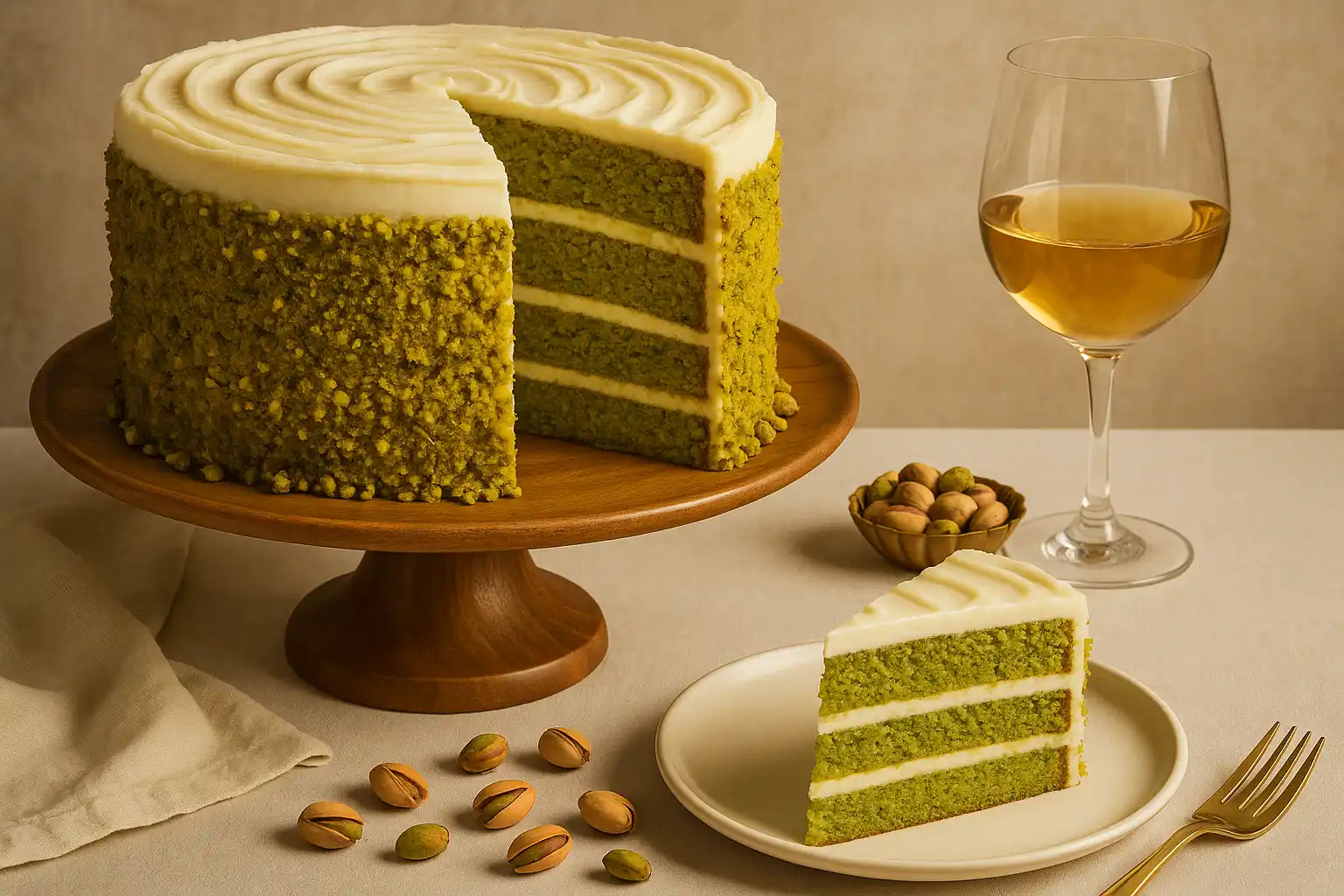A Sip Around the World – Indian & Persian Tea Traditions

- Negin Masihi
- 28 August 2025
- Taste of Persia
- 3 minutes
Good morning, fellow tea lovers! let’s take a journey across two vibrant cultures with just a simple cup of tea. Today, we explore the rich traditions of Persian and Indian tea. Black Persian tea, brewed in a samovar, is a refined experience, often enjoyed with sugar held between the lips, symbolizing elegance and ritual. In contrast, Indian chai, made with spices like cardamom and ginger, is a bold, aromatic brew that’s an integral part of daily life, inviting connection and conversation. Both teas offer unique flavors and rituals, each steeped in rich history and culture. Let’s raise our cups and celebrate these beloved brews!
You might also enjoy: Persian tea set
Differences between Persian and Indian tea
Persian Tea: Persian tea is primarily grown in the northern regions of Persian, especially in Gilan and Mazandaran. The leaves of Persian tea are typically of the “green tea” and “black tea” varieties.
Indian Tea: Indian tea is mainly grown in the states of Assam, Darjeeling, and Sri Lanka. This tea is typically of the “black tea” variety, although there is also Indian green tea.
Taste and Aroma
Persian Tea: Persian tea tends to have a mild, delicious, and generally sweet flavor. It has a delicate aroma, which results from its unique production and processing methods.
Indian Tea: Indian tea has a stronger and more robust taste, especially types like Darjeeling, which have a slightly floral and sweet flavor. Assam and Ceylon teas, on the other hand, have a bolder, more bitter taste.

Production Process
Persian Tea: The production of Persian tea is mainly done by hand, particularly in the making of green teas. This process is more natural and significantly influences the final taste of the tea.
Indian Tea: The production of Indian tea is generally more industrialized, with machines being more commonly used in the process. This often results in a stronger and bolder flavor for Indian teas.
Caffeine Content
Persian Tea: In general, Persian tea contains less caffeine compared to Indian tea, making it suitable for those who prefer a gentler drink.
Indian Tea: Indian tea, especially black tea, tends to have higher caffeine levels, making it a better choice for those seeking more energy.
Everyday Use
Persian Tea: In Persian, tea is usually consumed in the afternoon and evening and is often served as a formal drink at parties and cultural gatherings.
Indian Tea: In India, tea is a daily beverage, especially popular for starting the day. It’s commonly consumed with milk and sugar, known as “chai masala.”
How to Brew aromatic Persian Tea
If you’re curious about how to make a perfect cup of aromatic Persian tea at home, let me walk you through the simple steps I always follow.
Boil the water
Fill your kettle or samovar with fresh water and let it come to a full boil.Add the tea leaves
Use about one teaspoon of Persian black tea per person (adjust to your taste).Pour the boiling water
Fill the teapot with boiling water, about three-quarters full.Let it steep
Place the teapot over the steam of the kettle or samovar. Allow the tea to steep for 10–15 minutes until it develops a rich aroma and color.Extra tips for better flavor
You can add cardamom, cinnamon, or dried rose petals for fragrance.
aromatic Persian tea usually has a light, transparent color, so patience is key.
Never put the teapot on direct heat; it will burn the tea.
Major Tea-Producing Countries 🌍🍵
China 🇨🇳
The birthplace of tea.
Famous types: Green tea, White tea, Oolong, Black tea (like Pu-erh).
Tea is deeply tied to tradition, with elaborate tea ceremonies.
India 🇮🇳
One of the world’s largest tea producers.
Famous types: Darjeeling, Assam, Nilgiri.
Masala chai (with milk and spices) is an everyday staple.
Japan 🇯🇵
Best known for green teas like Sencha and Matcha.
The Japanese tea ceremony (Chanoyu) symbolizes harmony and respect.
Sri Lanka (Ceylon) 🇱🇰
Famous worldwide as Ceylon Tea.
Strong, aromatic flavor, popular globally.
Turkey 🇹🇷
Turkish black tea is strong and bold.
Traditionally served in tulip-shaped glasses.
United Kingdom 🇬🇧
Tea is part of daily culture, especially Afternoon Tea.
Black tea with milk is the most common choice.
Morocco 🇲🇦
Famous for Moroccan Mint Tea (green tea with fresh mint).
Usually served very sweet with sugar.

Conclusion
In the end, tea is more than just a beverage—it’s a cultural journey in a cup. Whether it’s the delicate, elegant black Persian tea or the bold, spicy Indian chai, each tradition brings its own flavor, history, and ritual. Exploring these teas is like taking a small trip around the world, one sip at a time. So, brew a cup, relax, and savor the stories steeped in every pour.












Comments